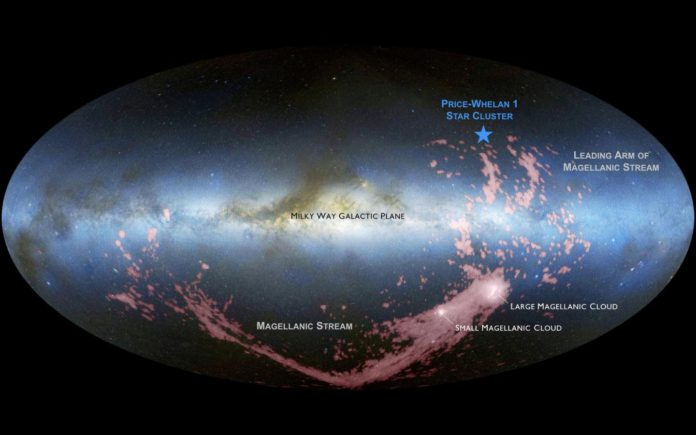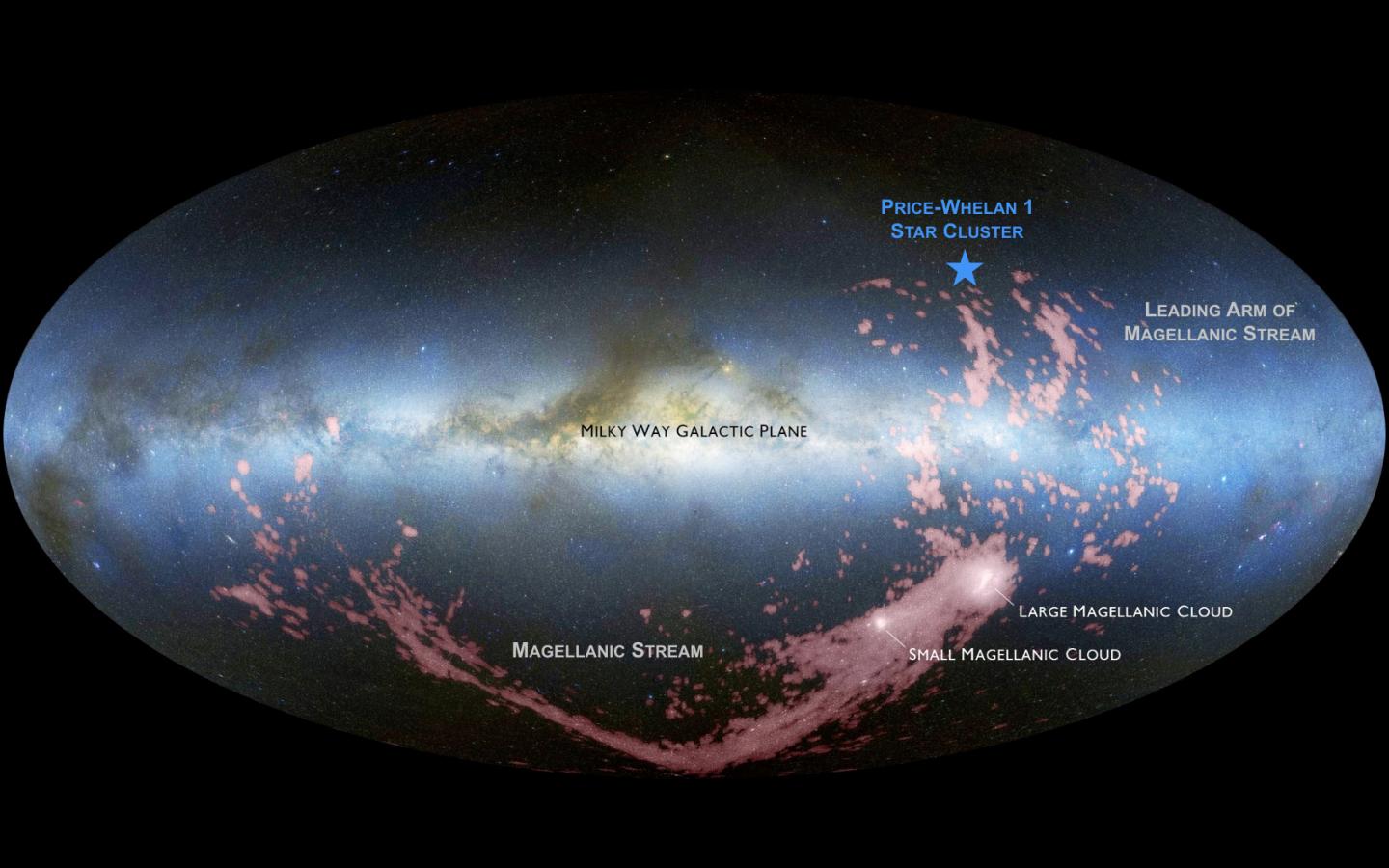
Some of the galaxy’s oldest stars can be found on the outskirts of the Milky Way. But in addition to those, astronomers have discovered something else – a flock of new stars. Upon investigating these stars in more depth astronomers also found that they have an extragalactic origin. It seems they were formed from the material of two nearby dwarf galaxies known as the Magellanic Clouds.
Those two galaxies are well known to astronomers already as they are on course to collide with our own. However, what researchers have recently discovered is that they’re a lot closer than previously thought. The discovery of the new stars could provide us with a better understanding of the history of the Milky Way, including whether a collision with the Magellanic Clouds had occurred in the past.
Being able to identify new star clusters is difficult. The galaxy is full of radiant orbs which sometimes obscure the view, making them look distorted and therefore harder to judge their distance from us. Some stars are only neighbors temporarily before swiftly moving on in the opposite direction. Figuring out which stars are clusters and which aren’t is a lengthy process that involves the recording of precise measurements over time.
The Gaia spacecraft provided the data for the initial measurements of 1.7 billion stars. While primary discoverer Adrian Price-Whelan, a research fellow at the Flatiron’s Institute’s Center for Computational Astrophysics based in New York City, began to catalog it all. He was searching for something in particular among the dataset – blue stars. Once these were found, Price-Whelan was able to identify the cluster of stars moving next to them. After the careful cross-matching and removing of known clusters from the equation just one remained.

Aged at just 117 million years old, the newfound cluster is actually quite young for a galactic entity such as this. It’s located at the edge of the Milky Way near a river of gas called the Magellanic Stream and stretches towards the Milky Way. From their research, those working on the project proposed that the cluster originally formed while the gas emitted from the Magellanic Stream passed through the gas that surrounds the Milky Way. As this happened it created a drag force that condensed the gas enough to prompt the formation of stars. Eventually, these stars moved in front of the gas and became a part of the Milky Way.
Judging by the current positions and movements of the stars in the cluster, it’s been estimated that the edge of the Magellanic Stream is around 90,000 light-years from that of the Milky Way. “If the Magellanic Stream is closer, especially the leading arm closest to our galaxy, then it’s likely to be incorporated into the Milky Way sooner than the current model predicts,” commented David Nidever, assistant professor of physics at Montana State University in Bozeman.
This new research will improve current models that show where the Magellanic Clouds have been and where they’re headed to next. And with the improved numbers, we may even learn for sure whether the Magellanic Clouds passed through the Milky Way previously. Being able to answer that will greatly help astronomers better understand our own galaxy’s properties and history.
